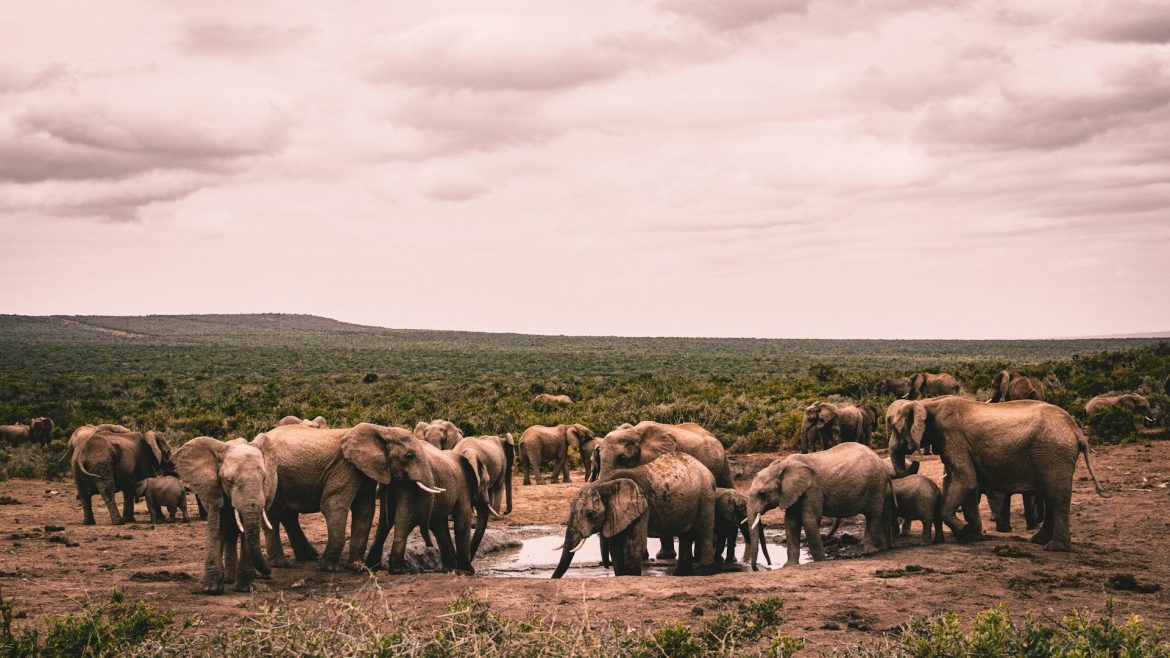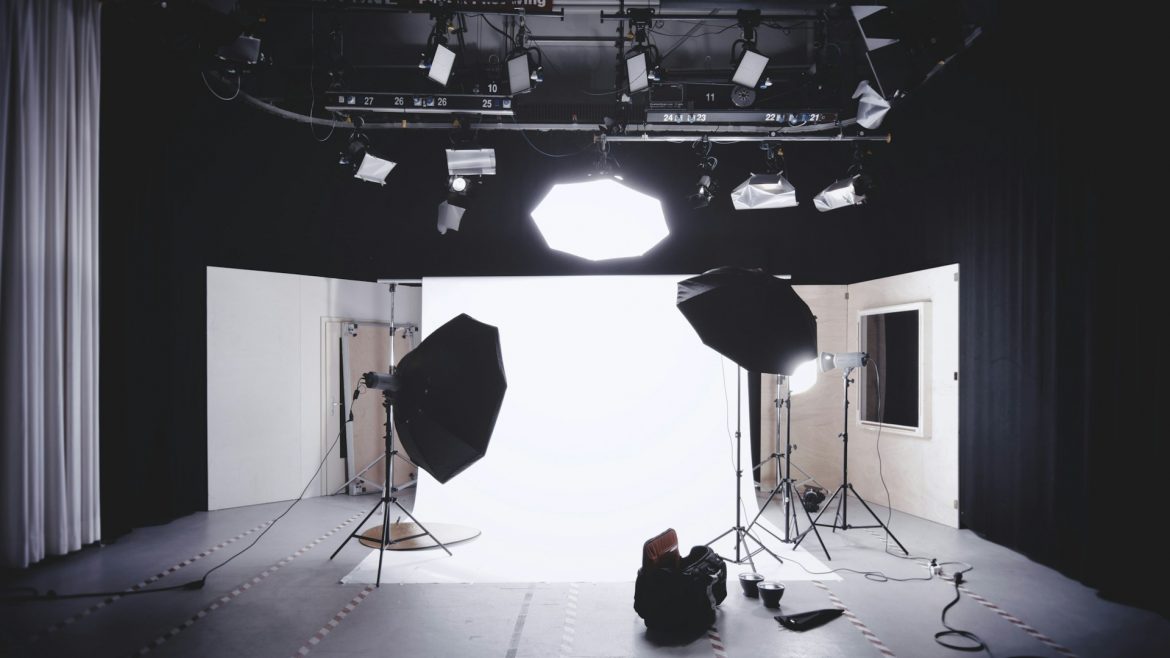Wildlife photography is an exciting and rewarding field that allows photographers to capture the beauty of nature and its inhabitants. However, it comes with its own set of ethics, challenges, and rewards. In this blog, we’ll delve into these aspects to provide a deeper understanding of what it takes to be a successful wildlife photographer.
Ethics in Wildlife Photography
The first and foremost consideration in wildlife photography is ethics. It’s essential to respect the animals and their habitats. This means keeping a safe distance, using long lenses like those from Canon, and avoiding actions that could stress or harm the animals. Remember, the welfare of the subject is more important than the photo.
Additionally, feeding or baiting wildlife to get a shot is a big no-no. It can alter the natural behavior of animals and make them dependent on humans for food. Photographers should strive to capture animals in their natural state, without interference.
Challenges Faced by Wildlife Photographers
Wildlife photography is not without its challenges. One of the most significant is the unpredictability of nature. Animals don’t follow scripts, and the perfect shot often requires patience and perseverance. Photographers may spend hours, or even days, waiting for the right moment.
Another challenge is the physical demands of the job. Wildlife photographers often carry heavy gear, such as Nikon cameras and lenses, and trek through challenging terrains to get to their subjects. Weather conditions can also be extreme, from scorching heat to freezing cold.
Rewards of Wildlife Photography
Despite the challenges, wildlife photography is incredibly rewarding. Capturing a unique moment in the wild is exhilarating and can provide a sense of accomplishment like no other. These photographs can also play a crucial role in conservation efforts, raising awareness about the beauty of wildlife and the importance of protecting natural habitats.
Furthermore, wildlife photography allows photographers to connect with nature on a deep level. It’s an opportunity to witness the wonders of the natural world and share those moments with others. The images captured can evoke emotions and inspire action, making a significant impact on viewers.
In Conclusion
Wildlife photography is a fascinating field that blends art, nature, and conservation. While it comes with its ethical considerations and challenges, the rewards are immense. It requires patience, respect for nature, and a deep understanding of wildlife behavior.
For those interested in exploring this field, investing in quality equipment from brands like Sony and Sigma can enhance your photography experience. Remember, successful wildlife photography is not just about the gear but also about the connection with nature and the stories you tell through your images.


